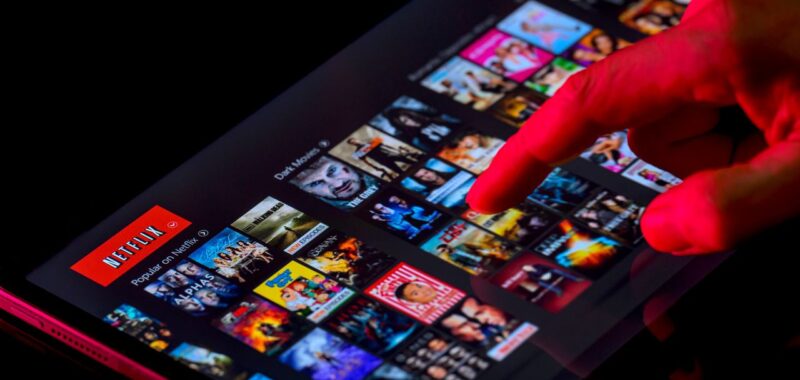If the US is headed for a recession, or even if Americans think it might be, the amount of income they want to spend on monthly streaming subscriptions might see a dip, analysts tell WIRED.
Last week, President Donald Trump rolled out a policy that places a blanket 10 percent tariff on goods coming from most of the USâs trading partners, plus additional hefty import duties on countries in key regions like Europe and Asia. Mostly, these costs will affect consumer products like cars and sneakers, but they may also make it harder for people to justify subscriptions they use only once or twice a week when thereâs a new episode of The Last of Us or Severance.
Generally, streaming services like Netflix, Hulu, and Disney+ are just that: services, not goods, so they donât face any kind of markup when they cross borders. But at a time when the stock market is in âchaos,â the economic uncertainty caused by Trumpâs tariffs is sure to have impacts on those servicesâand how much people are willing to pay for them.
Discretionary spending, says Paul Erickson, an analyst at Omdia who watches the streaming market closely, often takes a hit during economic downturnsâspecifically: âYou might start getting more strategic about how that budget is spent on streaming subscriptions.â Generally when this happens, there are certain services, like Netflix, that viewers will prioritize, but more niche offerings like, say, Apple TV+ could end up on the chopping block.
Following Trumpâs tariff announcement last Wednesday, the S&P 500, the stock market index that tracks hundreds of top US companies, dropped about 11 percent. It has rallied somewhat, as talk has circulated that Trump might be willing to negotiate trade deals, but that hasnât stopped some from fearing the worst.
In some ways, streaming services have insulated themselves from some of these impacts. In recent years as theyâve aimed to hold on to the customers gained during the Covid-19 pandemic, theyâve begun offering bundled services or made their content available through deals with cable companies and internet providers like Spectrum and Comcast.
Streamers have also made themselves more appealing by offering ad-supported tiers, which allow viewers to access streaming services if theyâre willing to watch a commercial or two, often for less than $10 per month. Earlier this year, Disney reported that some 112 million customers across Disney+, Hulu, and ESPN+ were streaming with ads, according to CNBC; in late 2024, Disney executives said more than half of new Disney+ subscribers were opting for plans with ads.
That could present a problem. Since some of the biggest industries being hit by tariffsâlike automakersâare also big advertisers, the amount those companies spend on ads could slip.
âWith streaming platform operators increasingly turning to ad-supported tiers to bolster profitabilityârather than just rolling out price increasesâthis strategy could be put at risk,â says Matthew Bailey, who analyzes advertising for Omdia. âAgainst this backdrop, I wouldnât be surprised if we do see some price increases for some streaming services over the coming months.â

